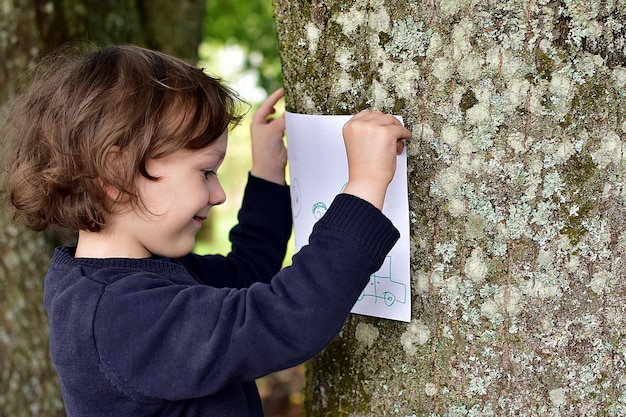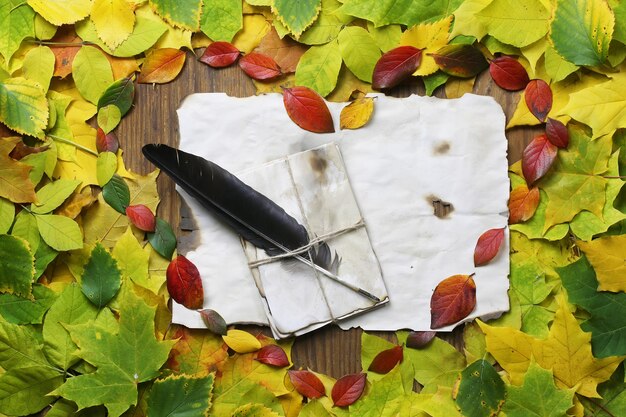Nature Scavenger Hunt: Printable Checklist for Family Fun (2025)

A nature scavenger hunt is an engaging outdoor activity perfect for families; our printable checklist makes exploring parks, trails, and even your backyard fun and educational in 2025.
Unleash your family’s inner explorer with a **nature scavenger hunt: a printable checklist for outdoor family adventures (2025)**. This exciting activity turns any outdoor excursion into a thrilling quest, perfect for sparking curiosity and creating lasting memories.
Why a Nature Scavenger Hunt?
A nature scavenger hunt offers more than just outdoor fun; it’s a fantastic way to connect with the environment, learn about local flora and fauna, and spend quality time together as a family. It encourages observation skills, teamwork, and an appreciation for the natural world.
Educational Benefits
Beyond the excitement, a nature scavenger hunt provides valuable learning opportunities. Children (and adults!) can learn to identify different types of leaves, trees, insects, and other natural elements. It’s a hands-on way to supplement classroom learning and foster a deeper understanding of ecology.
Bonding Experience
Navigating trails, deciphering clues, and celebrating discoveries together strengthens family bonds. The shared experience creates lasting memories and encourages communication and collaboration.
Engaging in a nature scavenger hunt is a perfect way to escape the digital world and immerse yourselves in the beauty and wonder of nature. It promotes physical activity, reduces screen time, and fosters a love for the outdoors.

Creating Your Nature Scavenger Hunt Checklist
Crafting your own nature scavenger hunt checklist is easier than you might think. Consider the age and abilities of your participants, the location of your hunt, and the time of year. The goal is to create a list that’s challenging but achievable, educational, and fun.
Tailoring to Age Groups
For younger children, keep the list simple and focused on easily identifiable items, such as “a red leaf,” “a round rock,” or “a fluffy seed.” Older children can handle more complex items like “evidence of an animal,” “a specific type of tree (e.g., oak or maple),” or “a forked twig.”
Choosing the Right Location
The environment plays a significant role in determining the checklist items. A forest hunt will differ greatly from a beach or park scavenger hunt. Adapt the list to reflect the unique characteristics of your chosen location.
Seasonal Considerations
Adjust your scavenger hunt based on the time of year. In the fall, focus on colorful leaves and acorns. In the spring, look for blooming flowers and signs of new life. Winter hunts can include searching for animal tracks in the snow or identifying different types of evergreen trees.
- Keep it Simple: Start with a manageable number of items (5-10) to avoid overwhelming participants.
- Add Variety: Include a mix of easy-to-find and slightly more challenging items.
- Make it Visual: Use pictures or drawings alongside the words on the checklist, especially for younger children.
- Incorporate Senses: Add items that encourage participants to use their senses, such as “something rough,” “something that smells sweet,” or “something that makes a noise.”
By customizing your **nature scavenger hunt checklist**, you can create an engaging and educational experience that caters to your family’s interests and the unique environment you’re exploring.
Free Printable Checklist for Your Next Adventure
To make your planning even easier, we offer a free printable **nature scavenger hunt checklist** that you can download and use on your next outdoor adventure. This checklist includes a variety of items commonly found in parks, forests, and even backyards.
Downloading and Printing the Checklist
Our printable checklist is available in PDF format, making it easy to download and print from any device. Simply click on the link provided below, and you’ll have access to a ready-to-use scavenger hunt list.
Customizing the Printable Checklist
While our checklist provides a great starting point, you can easily customize it to fit your specific needs and preferences. Add or remove items, change the order, or include bonus challenges to make the hunt even more exciting.
A printable checklist provides a tangible sense of accomplishment as participants mark off each item they find. It also serves as a handy reference guide, ensuring that everyone stays on track during the hunt.
Safety Guidelines for a Successful Scavenger Hunt
Before embarking on your **nature scavenger hunt**, it’s important to review some basic safety guidelines. Prioritizing safety ensures that everyone has a fun and enjoyable experience without any unnecessary risks.
Supervision and Buddy System
Always supervise children during a nature scavenger hunt, especially in unfamiliar or potentially hazardous environments. Implementing a buddy system, where participants pair up and look out for each other, can further enhance safety.
Awareness of Surroundings
Be aware of your surroundings and potential hazards, such as poisonous plants (e.g., poison ivy, poison oak), insects (e.g., ticks, mosquitoes), and wildlife. Dress appropriately for the weather and terrain, wearing long sleeves, pants, and closed-toe shoes.
Respect for Nature
Emphasize the importance of respecting nature and leaving no trace behind. Avoid disturbing plants or animals, and pack out all trash and belongings. Encourage participants to observe and appreciate the natural world without causing harm.
- Stay on Marked Trails: Stick to designated trails to avoid getting lost or damaging sensitive ecosystems.
- Bring Essentials: Carry essentials such as water, snacks, sunscreen, insect repellent, and a first-aid kit.
- Check the Weather: Monitor the weather forecast and be prepared for changing conditions.
- Communicate Effectively: Establish clear communication signals and meeting points in case of separation.
Following these safety guidelines will help ensure that your **nature scavenger hunt** is a memorable and rewarding experience for everyone involved.

Making it a Competition: Adding Fun Challenges
To add an extra layer of excitement to your **nature scavenger hunt**, consider incorporating some fun challenges or turning it into a friendly competition. This can boost engagement and create a sense of playful rivalry among participants.
Team vs. Individual Challenges
Decide whether you want to opt for a team-based competition, where families or groups work together, or an individual challenge, where everyone competes on their own. Team challenges promote collaboration and communication, while individual challenges encourage independence and resourcefulness.
Adding Time Constraints
Set a time limit for the scavenger hunt to add a sense of urgency and excitement. This encourages participants to work efficiently and strategically to find as many items as possible within the allotted time.
Bonus Points and Riddles
Incorporate bonus points for finding particularly rare or challenging items. You can also include riddles or clues that lead participants to specific locations or objects.
Consider adding a creative challenge, such as taking a photo of each item found or creating a nature-inspired artwork using the collected materials.
Extending the Learning: Post-Hunt Activities
The fun and learning don’t have to end when the **nature scavenger hunt** is over. Extend the experience with some engaging post-hunt activities that reinforce the lessons learned and foster a deeper appreciation for nature.
Identification and Research
Take time to identify and research the items collected during the hunt. Use field guides, online resources, or local experts to learn more about the plants, animals, and other natural elements that were discovered.
Nature Journaling
Encourage participants to create a nature journal to document their experiences and observations. They can draw pictures, write descriptions, and record interesting facts about the items they found.
Creating Nature Art
Use the collected materials to create nature-inspired artwork, such as collages, sculptures, or leaf rubbings. This is a fun and creative way to express appreciation for the beauty and diversity of the natural world.
By extending the learning beyond the hunt itself, you can transform a simple outdoor activity into a valuable and lasting educational experience. Remember to celebrate your findings and adventures!
| Key Point | Brief Description |
|---|---|
| 🌿 Pre-Hunt Planning | Tailor your list to the location and age involved. |
| 🚸 Safety First | Always supervise children during the outdoor activity. |
| 🏆 Competition | Add time and bonus points for a friendly race! |
| 🎨 Post-Hunt Learning | Learn about the items collected during your trip. |
FAQs
▼
A nature scavenger hunt is an outdoor activity where participants search for specific items in a natural environment using a checklist. It’s a fun way to explore nature, learn about local flora and fauna, and develop observational skills.
▼
Include a mix of easy-to-find and slightly more challenging items based on the age and abilities of the participants and the location of the hunt. Think of different types of leaves, rocks, insects, or animal signs.
▼
Yes, always supervise children, be aware of surroundings and potential hazards like poisonous plants and insects, and respect nature by leaving no trace behind. Stick to marked trails and bring essentials like water and sunscreen.
▼
Add time constraints, incorporate bonus points for rare items, include riddles or clues, and consider a creative challenge, such as taking a photo of each item or creating nature-inspired artwork.
▼
Identify and research the items collected, encourage nature journaling to document experiences, create nature art using the collected materials, and share findings with others to reinforce the knowledge gained.
Conclusion
Embarking on a **nature scavenger hunt using a printable checklist** is a fantastic way to engage with the outdoors, learn about the environment, and create lasting memories with your family. With careful planning, attention to safety, and a dash of creativity, your outdoor adventure will be a rewarding and educational experience for everyone involved.





